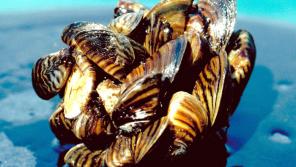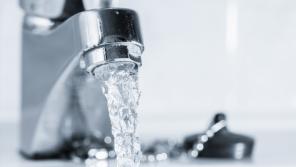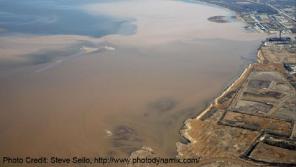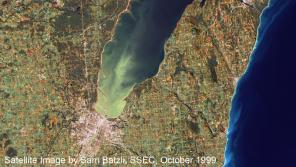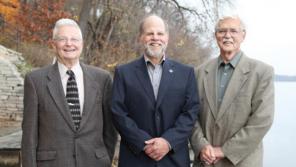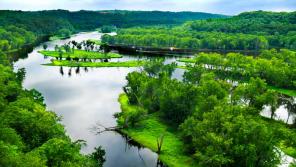The Great Lakes
Aquatic invasive species (AIS), invaders, exotics—these are the aliens that live among us. For as long as humans have roamed the earth, we have brought other species with us on our travels, both intentionally and unintentionally.
Our culture is obsessed with productivity. How many times have you answered the question “How have you been?” with “Really busy, and you?” And so, we invent tools to help us get things done.
What if there were a way to reduce toxic chemicals in our Great Lakes and inland waters, while reducing greenhouse gasses, and improving air quality? I think there is a way, and I’ve been working on it for a long time.
Benjamin Franklin said, “When the well is dry, we learn the worth of water.”
Welcome! This is the first of what will be many pieces on how different people relate to our shared waters.
Between 2002 and 2003, I was one of more than 700 hundred Wisconsin citizens who participated in the Wisconsin Academy’s Waters of Wisconsin (WOW) initiative.
As captain of the Bay Guardian, Tracy Valenta is out plying the waters of Green Bay at least twice a week. From her sturdy research vessel, Valenta studies Green Bay for NEW Water, the City of Green Bay’s municipal sewage district.
So where are we now, ten years after the publication of the first Waters of Wisconsin report?
- ‹ previous
- 2 of 3
- next ›
Contact Us
contact@wisconsinacademy.org
Wisconsin Academy Offices
1922 University Avenue
Madison, Wisconsin 53726
Phone: 608.733.6633
James Watrous Gallery
3rd Floor, Overture Center for the Arts
201 State Street
Madison, WI 53703
Phone: 608.733.6633 x25

